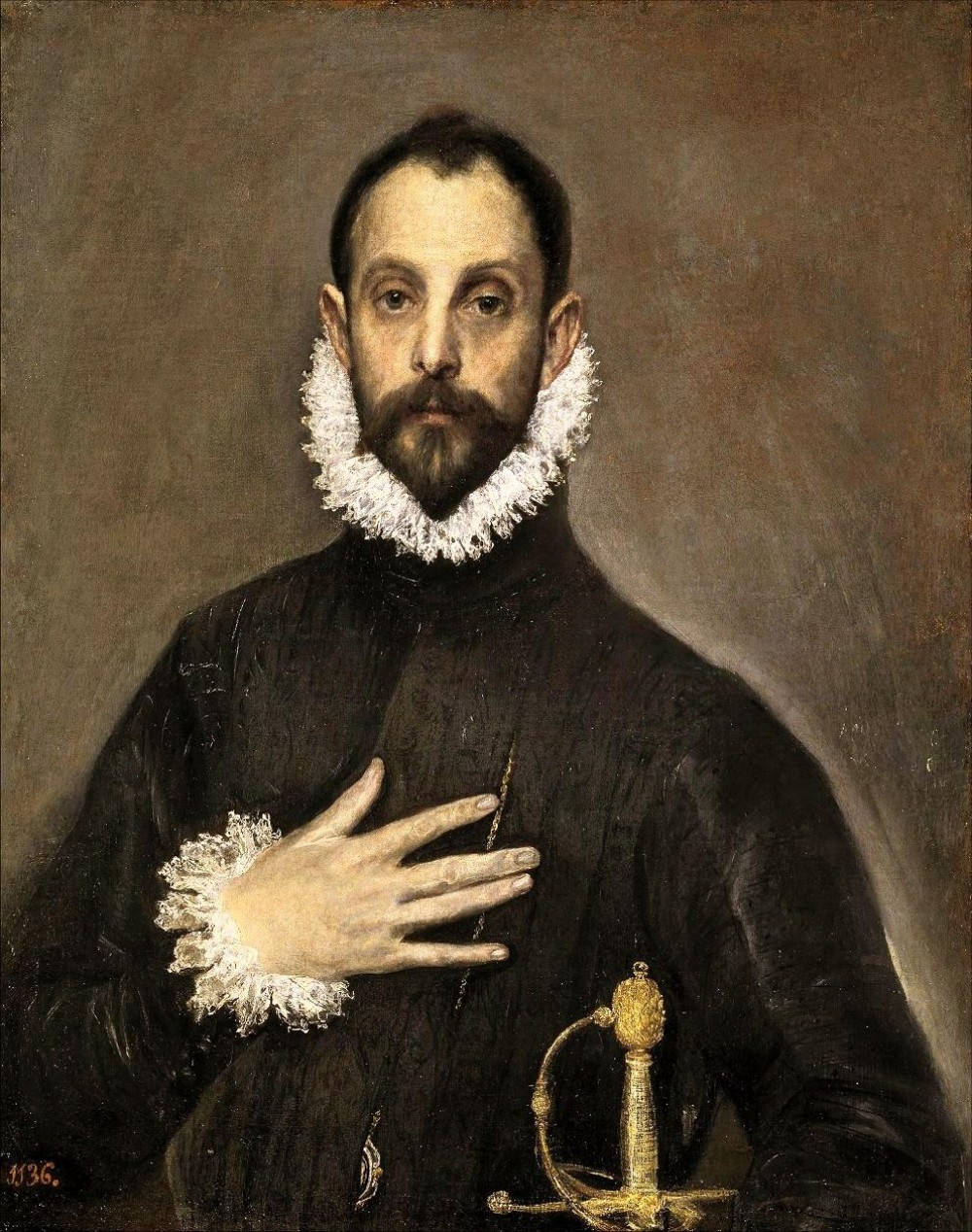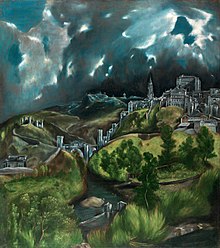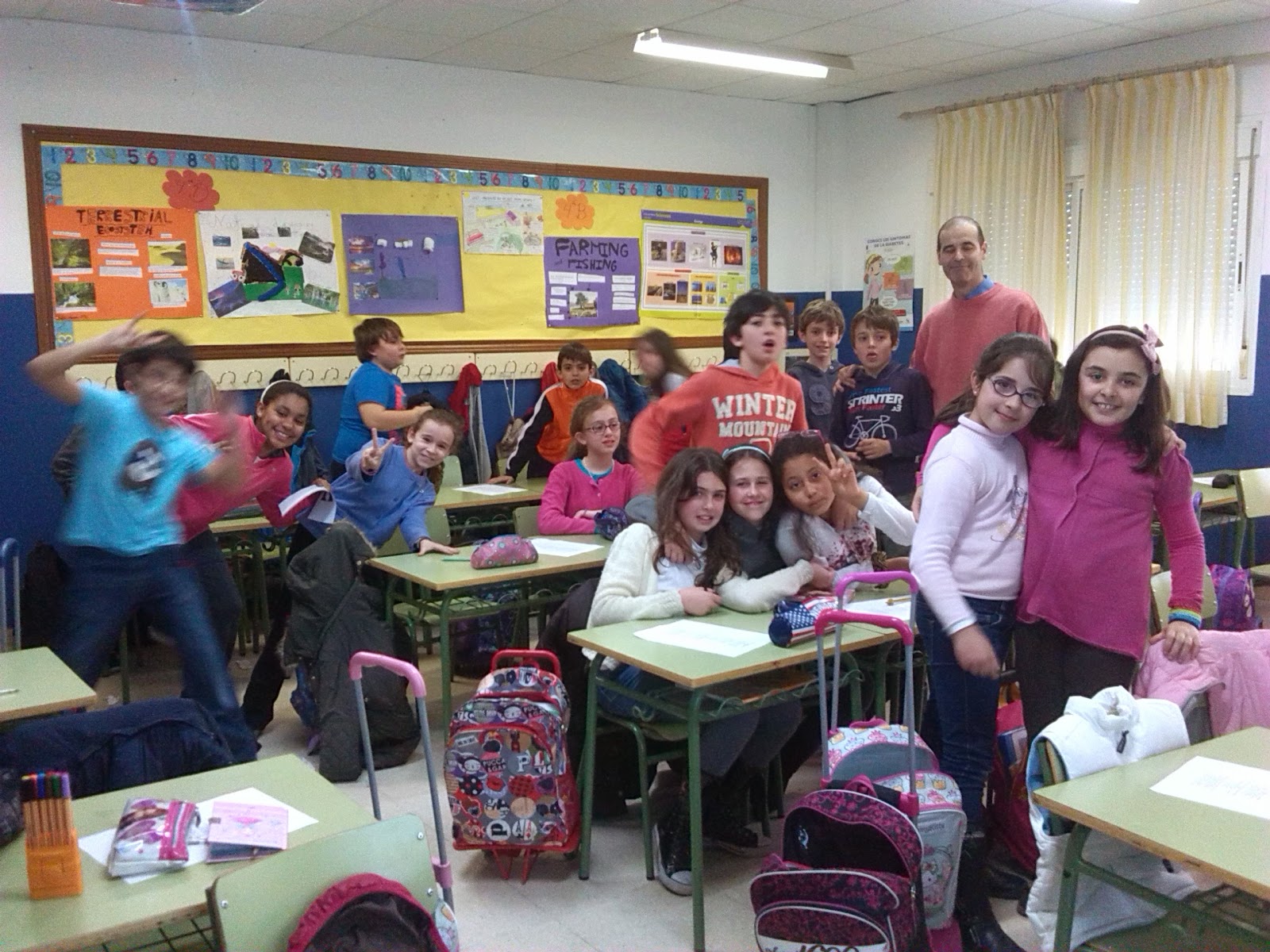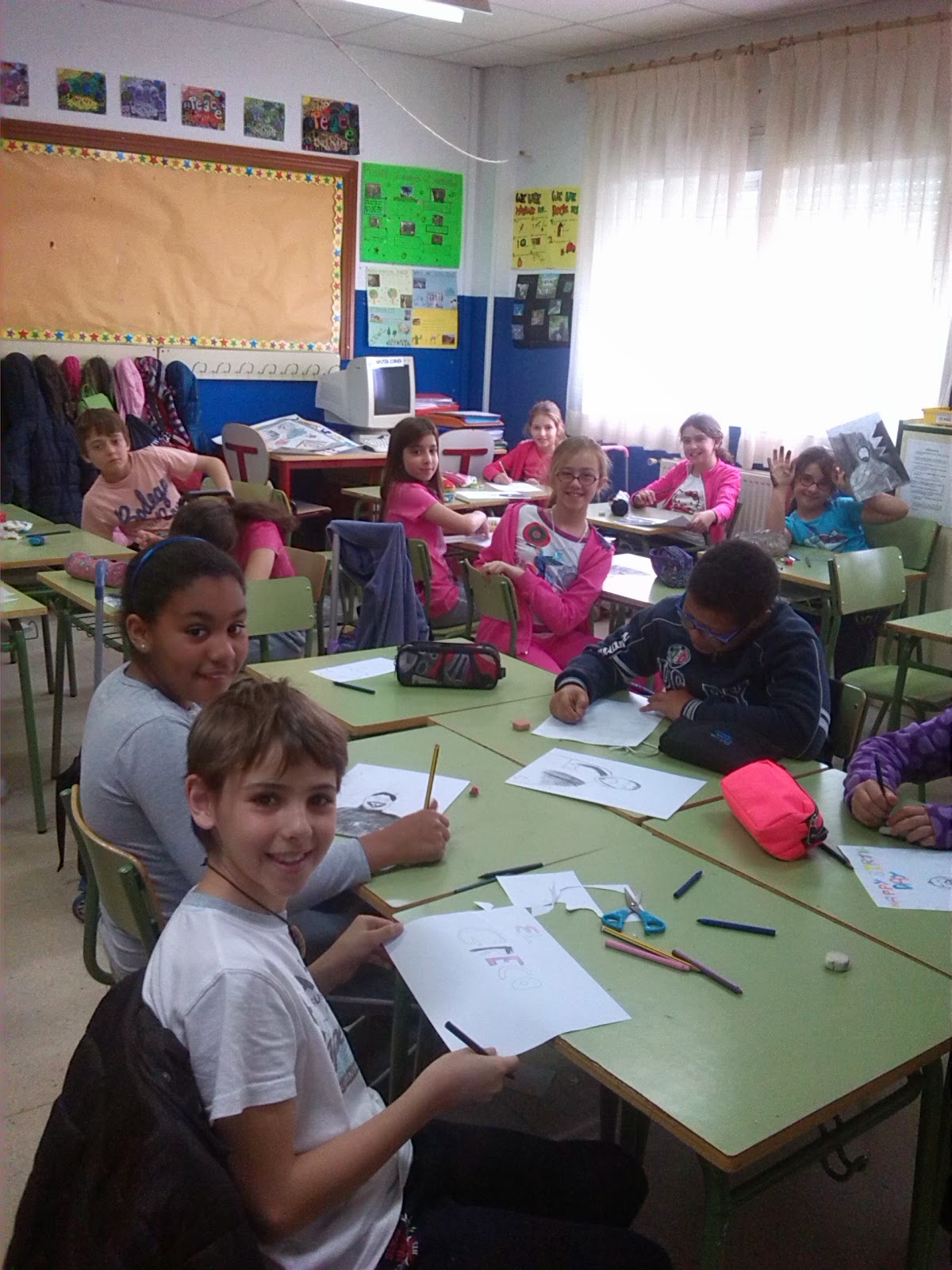IT HAS BEEN A HARD WEEK, AND NOW TRINITY EXAMS ARE OVER.
YOU DID IT VERY WELL! CONGRATULATIONS.
YOU ARE FANTASTIC BABIES.
THANK YOU AGAIN!!!
MORE THAN 3000 THOUSAND VISITS!! : )
¡Bienvenidos al blog educativo de Miss Esther! Recursos educativos para Primaria, creados con cariño y experiencia desde 2013. Aquí encontrarás actividades de Lengua, Matemáticas e Inglés, juegos interactivos, propuestas de refuerzo y ampliación, y mucho más. 📚 Organizado por años (menú lateral) 🌐 Ahora también con acceso directo a mi nueva web para familias 👩🏫 Más de 300.000 visitas nos avalan ¡Gracias por aprender conmigo!
viernes, 23 de mayo de 2014
martes, 20 de mayo de 2014
Talleres " Ecovidrio"
"TALLER DE ECOVIDRIO"
Cristales (como vasos, copas o bombillas)
Cerámica y porcelana (como tazas o platos)
QUE PUEDE COMER

Mr.Iglú sólo come envases de vidrio, ni plástico, ni papeles o cartones.
Hay alimentos que le gustan y otros que le sientan mal. Sepáralos en
lugares diferentes en casa para no equivocarte cuando vayas a visitarle.
Con tu ayuda seguro que conseguimos muchos envases de vidrio para darle de
comer.

LO QUE NO COME
TaponesCristales (como vasos, copas o bombillas)
Cerámica y porcelana (como tazas o platos)
Cada botella que come
Mr.Iglú equivale a una
bombilla de bajo
consumo encendida
durante un día entero.
Mr.Iglú equivale a una
bombilla de bajo
consumo encendida
durante un día entero.
"Semana Cultural"
domingo, 18 de mayo de 2014
Semana cultural "Our Portraits"
WORKSHOP
Here we show you how we draw our own portraits. Katie, our american assistant helped us, explaing to the children how to draw proportions and to locate eyes, mouth...
 | |||||
| A Knight with His Hand on His Chest. 1580. El Greco (Domenikos Theotkopoulos). |
 |
| KATIE PREPARED A BRILLIANT PRESENTATION ABOUT EL GRECO´S LIFE. |
WONDERFUL PORTRAITS
 |
| THEY DREW THEIR PORTRAITS IN ONE HOUR 30 MINUTES |
MORGAN AND INÉS 

 |
| WHAT IS HE DOING????' |
Semana Cultural " El Greco II"
This year we had another fantastic " Semana Cultural" at school. We really enjoy and learn lots of things about one of the most famous greek painters " El Greco".
El Greco was an artist of Greek origin who spent most of his life in Spain. His real name was Kyriakos (Domenikos) Theotokopoulos. He is known by his Spanish name, which means simply "the Greek." El Greco is recognized as one of the great geniuses of Western art. He is most famous for his religious paintings, but he also painted portraits of his patrons and friends.
El Greco was born on the island of Crete, off the coast of Greece. Little is known about his childhood, but he apparently studied painting from an early age. As a young man, he went to the city of Venice to learn about Italian art. He studied the work of such masters as Titian and Tintoretto.
By 1570, El Greco had moved to Rome for additional training. Once settled there, he joined a circle of artists and scholars. But in spite of these connections, he never managed to obtain an important commission. For this reason, he left Rome for Spain in 1577, probably to help with the decoration of a family chapel in Toledo.
Toledo was then a prosperous manufacturing city and the center of the Catholic Church in Spain. It was in this city that El Greco produced his greatest masterpieces. He found the patrons he could not find in Rome. Within a few years, he had set up a workshop that produced numerous altarpieces and other paintings for Toledo's churches and monasteries. He also sold paintings in other cities.
Surprisingly, El Greco never managed to obtain the patronage of the Spanish king, who ruled from Madrid. He remained in Toledo, his adopted home, until his death in 1614.
El Greco's artistic style contains traces of his native Greece. But he was influenced mainly by the Italian mannerist school. Members of this school believed that artists had the right to interpret nature in their individual styles. Such ideas led El Greco to lengthen and distort most of his figures. He believed that they were more spiritual and more expressive than ordinary figures. He tried other techniques to express emotion and portray passion in his work. He used bright, vivid colors and painted his subjects in a special, almost heavenly, light.
El Greco was successful in Toledo, but his art was not fully appreciated until long after his death. He was called a madman and a mystic. Some critics falsely believed that poor eyesight caused him to distort the figures in his paintings. The myths and mysteries surrounding him began to disappear when Manuel Cossío, an important critic, published a biography of El Greco in 1908. Since then, El Greco has taken his rightful place among the world's greatest painters.
The Adoration of the Shepherds, which celebrates the birth of the Christ Child, is one of El Greco's well-known religious paintings.
El Greco was an artist of Greek origin who spent most of his life in Spain. His real name was Kyriakos (Domenikos) Theotokopoulos. He is known by his Spanish name, which means simply "the Greek." El Greco is recognized as one of the great geniuses of Western art. He is most famous for his religious paintings, but he also painted portraits of his patrons and friends.
El Greco was born on the island of Crete, off the coast of Greece. Little is known about his childhood, but he apparently studied painting from an early age. As a young man, he went to the city of Venice to learn about Italian art. He studied the work of such masters as Titian and Tintoretto.
By 1570, El Greco had moved to Rome for additional training. Once settled there, he joined a circle of artists and scholars. But in spite of these connections, he never managed to obtain an important commission. For this reason, he left Rome for Spain in 1577, probably to help with the decoration of a family chapel in Toledo.
Toledo was then a prosperous manufacturing city and the center of the Catholic Church in Spain. It was in this city that El Greco produced his greatest masterpieces. He found the patrons he could not find in Rome. Within a few years, he had set up a workshop that produced numerous altarpieces and other paintings for Toledo's churches and monasteries. He also sold paintings in other cities.
Surprisingly, El Greco never managed to obtain the patronage of the Spanish king, who ruled from Madrid. He remained in Toledo, his adopted home, until his death in 1614.
El Greco's artistic style contains traces of his native Greece. But he was influenced mainly by the Italian mannerist school. Members of this school believed that artists had the right to interpret nature in their individual styles. Such ideas led El Greco to lengthen and distort most of his figures. He believed that they were more spiritual and more expressive than ordinary figures. He tried other techniques to express emotion and portray passion in his work. He used bright, vivid colors and painted his subjects in a special, almost heavenly, light.
El Greco was successful in Toledo, but his art was not fully appreciated until long after his death. He was called a madman and a mystic. Some critics falsely believed that poor eyesight caused him to distort the figures in his paintings. The myths and mysteries surrounding him began to disappear when Manuel Cossío, an important critic, published a biography of El Greco in 1908. Since then, El Greco has taken his rightful place among the world's greatest painters.
The Adoration of the Shepherds, which celebrates the birth of the Christ Child, is one of El Greco's well-known religious paintings.
 | |
| View of Toledo | ( Metropolitan Museum of Art, New York) is one of the two surviving landscapes of Toledo painted by El Greco |
 |
| " El Entierrro del Conde Orgaz" |
Suscribirse a:
Comentarios (Atom)
-
Prepositions of Time (in, on, at) Exercise Prepositions of Time (in, on, at) Exercise 2
-
HOW MANY AND HOW MUCH VIDEO HOW MANY AND HOW MUCH SONG HOW MUCH AND HOW MANY: READ AND STUDY How much Much = se usa cuando h...





























